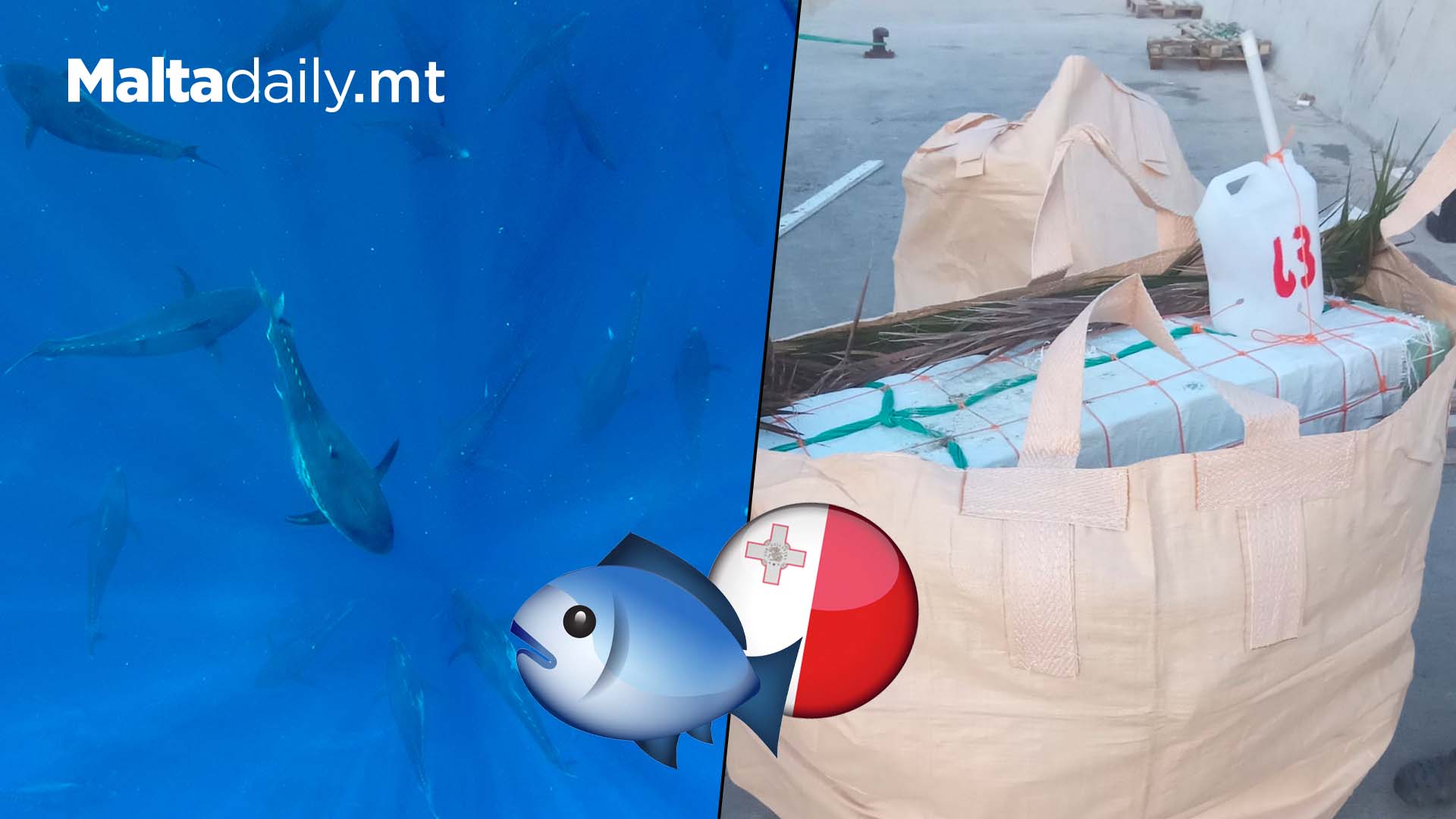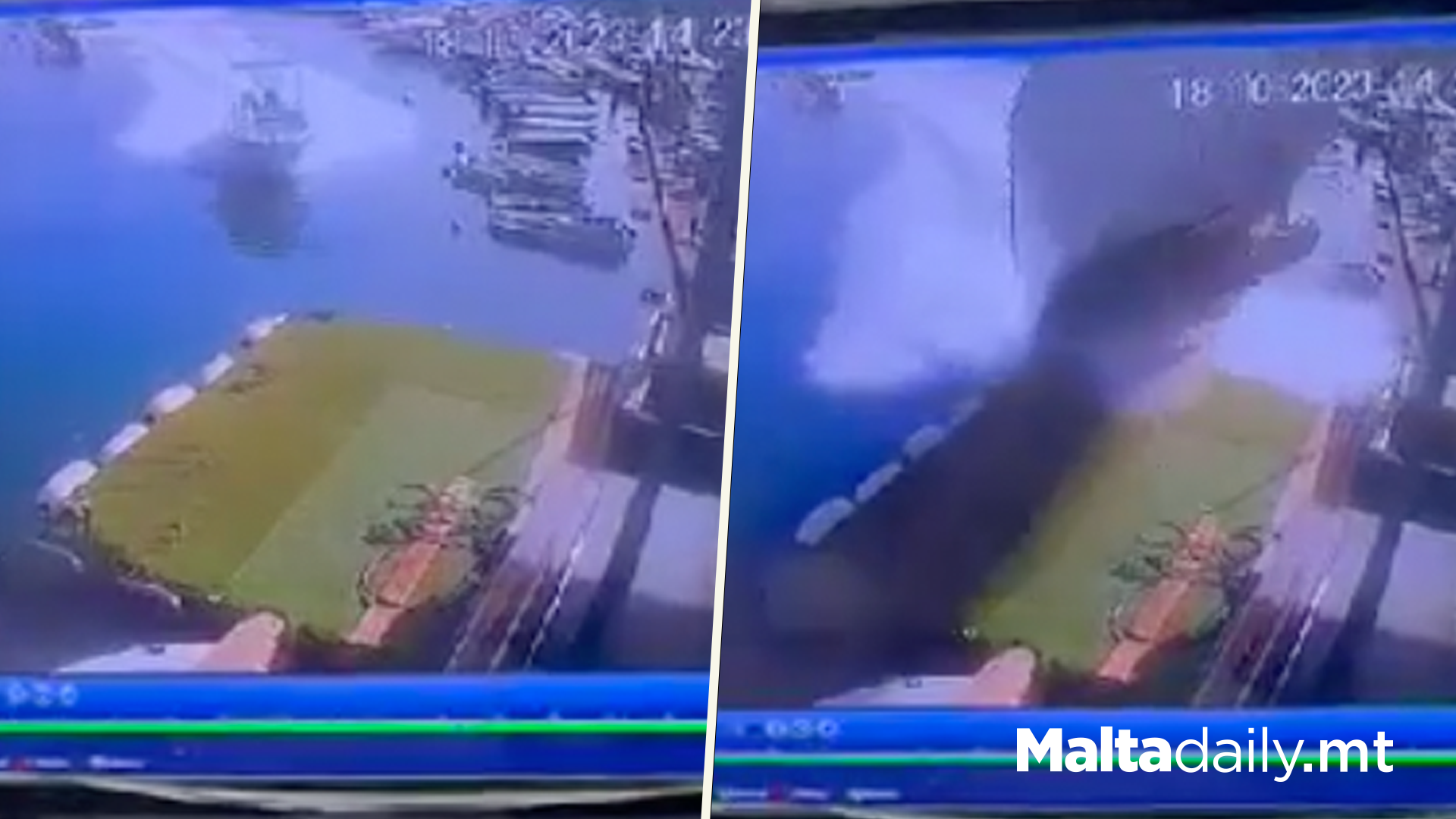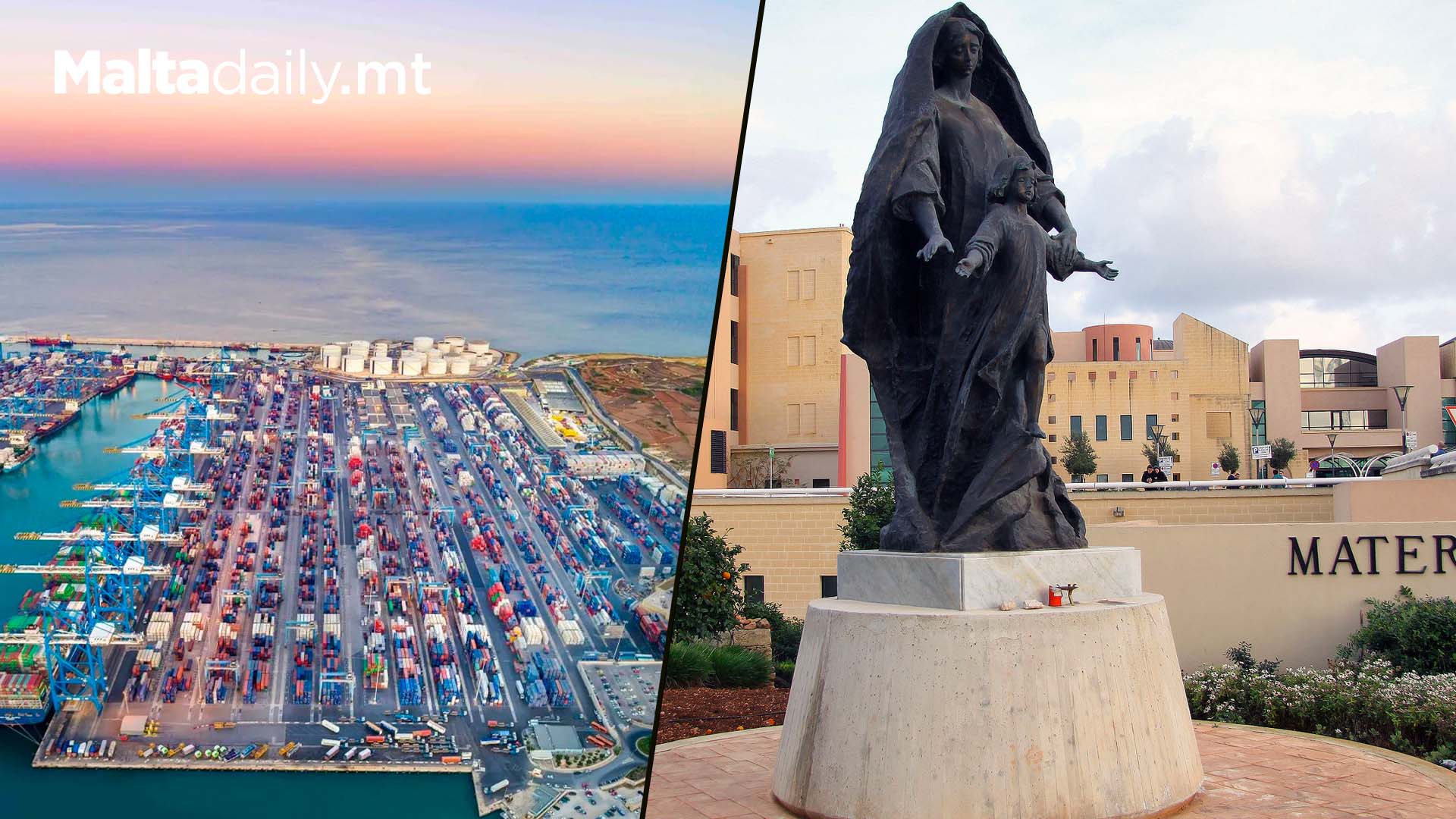
Malta has agreed to host the upcoming round of talks for the Peace Formula Initiative at the request of Ukraine’s President Zelensky. These discussions, scheduled for October 28 and 29, will involve high-ranking government advisors focused on foreign policy and national security.
According to Foreign Affairs Minister Ian Borg, this initiative represents Malta’s tangible contribution to maintaining international attention on the conflict in Ukraine.
He emphasized that Malta has been backing Ukraine through principled stances in various global forums and by providing humanitarian aid. This marks the third such event this year, following meetings in Copenhagen and Jeddah.
The ministry affirmed its commitment to diplomatic engagement in support of Ukraine’s peace endeavors, with a focus on garnering broad international backing for President Zelensky’s Peace Formula, which was introduced to the G20 in November 2022.
#MaltaDaily










 How was the clean-up in summer organised?
How was the clean-up in summer organised? Why is tuna an important part of the Maltese economy?
Why is tuna an important part of the Maltese economy?

